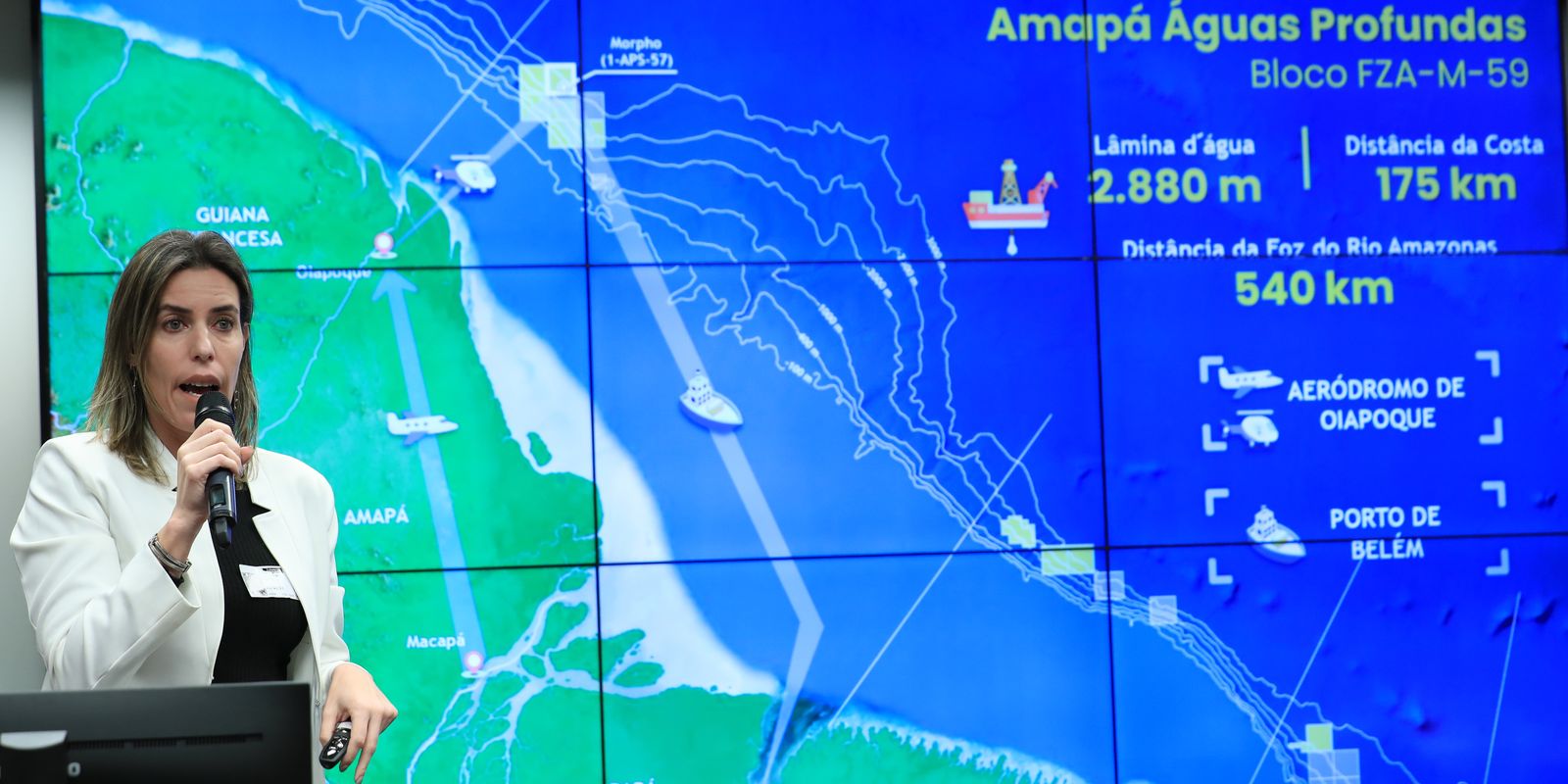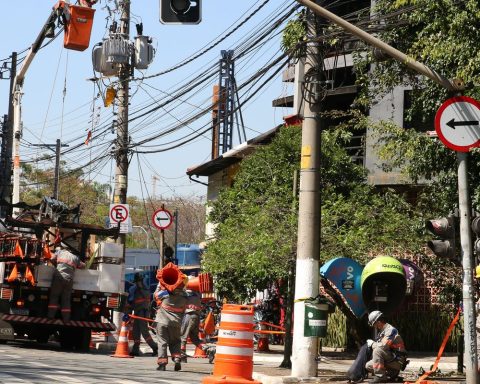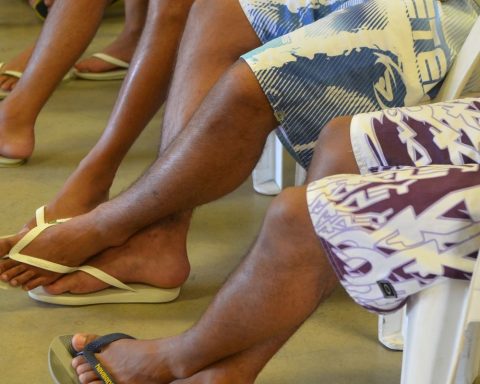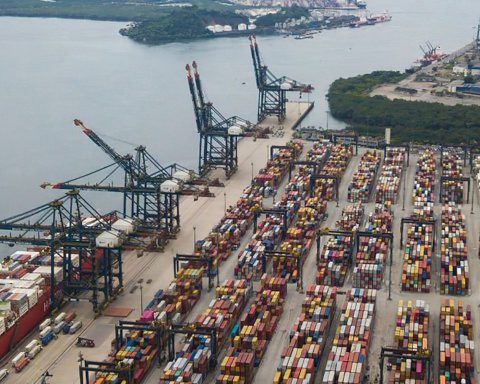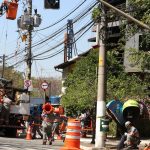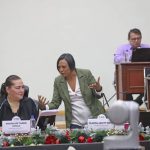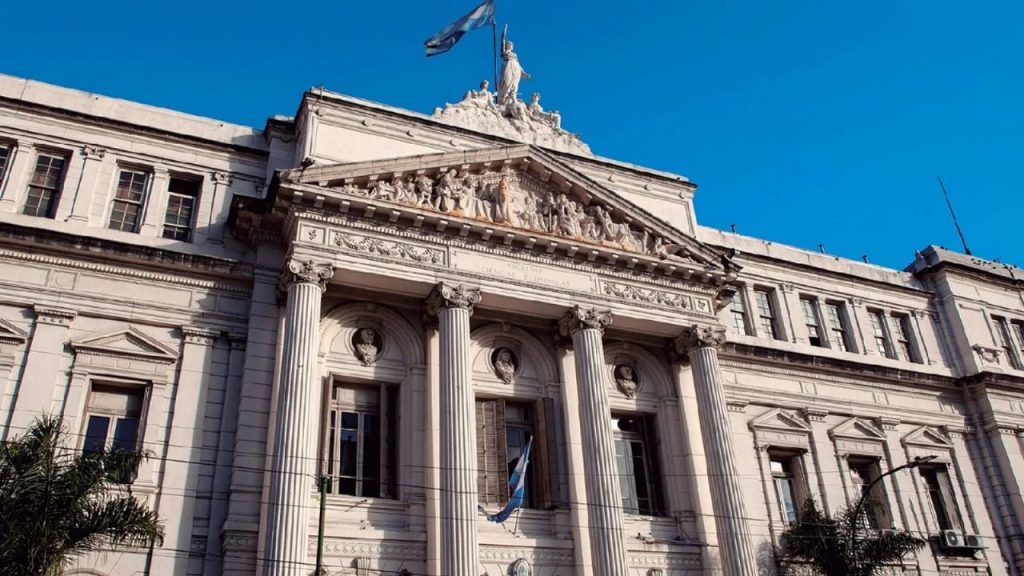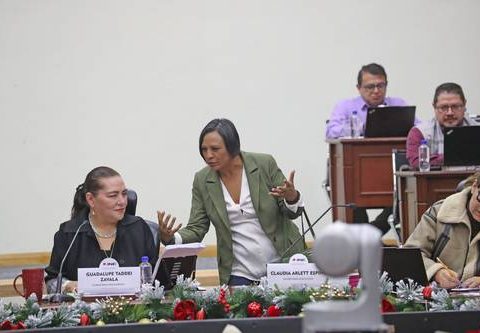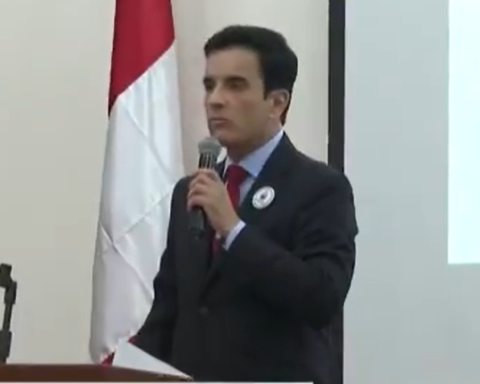The Brazilian Institute for the Environment and Renewable Natural Resources (Ibama) once again asked Petrobras for new clarifications regarding the environmental licensing process for granting authorization to drill wells in search of oil in the Foz do Amazonas Basin. The request was sent this Tuesday (29), following the latest details of the Fauna Protection Plan presented by the state-owned oil company at the beginning of August.
At this stage, the body linked to the Ministry of Environment and Climate Change recognized advances in the delivery of documentation with regard to reducing response time in responding to wildlife in the event of an oil spill in the region, but considered it necessary to provide more details on “full adequacy of the plan to the Manual of Good Practices for the Management of Fauna Affected by Oil, such as the presence of veterinarians on vessels and the number of helicopters to respond to emergencies”.
Location
The Foz do Amazonas Basin occupies a strip of maritime territory that stretches from the border of Amapá with French Guiana to where Baía do Marajó divides the archipelago from the coast of Pará. In the region is the oil and natural gas exploration block FZA-M-59, the center of the controversy between Petrobras and Ibama.
The block is part of the so-called Equatorial Margin, which contains five other sedimentary basins: Pará-Maranhão, Barreirinhas, Ceará and Potiguar. Through assessments using indirect methods such as seismic survey, without drilling, 41 blocks with exploration potential were identified by the National Petroleum, Natural Gas and Biofuels Agency (ANP), of which 34 are currently under concession, and nine for exploration in Foz do Amazonas, with no discoveries under evaluation.
Contracts
In Brazil, concession contracts for oil and natural gas are divided into two phases: the exploratory phase, to identify and evaluate commerciality, and the production phase, to develop and consolidate a productive field.
In January, the first well for exploratory research in the Equatorial Margin was drilled in the Potiguar Basin, and the presence of hydrocarbons in the Pitu Oeste Well was soon announced.
A second drilling began in February for additional study and, in April, the Anhangá exploratory well, in the same basin, identified oil accumulation at a depth of 2,196 meters.
Of the total concessions, 11 are currently operating in the production phase, all in the Potiguar Basin, five of which have small production and the other six are in the process of being returned, which occurs when there are no significant discoveries.
History
Since the 1980s, the entire Brazilian Equatorial Margin has undergone research to discover new reserves, with the aim of increasing national production of fossil energy sources.
According to Petrobras, in the entire area that extends to the Potiguar Basin, in Rio Grande do Norte, 700 wells have already been drilled in shallow waters, most of them before the existence of the ANP. Many of these exploratory wells were abandoned due to mechanical accidents. The last exploratory well drilling occurred in 2015.
It was in that same year that the discovery of large volumes of oil in the Guiana Suriname Basin aroused the interest of investors in advancing investigations into sedimentary basins similar to those that yielded 11 billion barrels of oil to the reserve in the neighboring English-speaking country. But according to the ANP, “these opportunities have not yet been tested by wells”.
In May 2023, a request from Petrobras for Maritime Drilling Activity in block FZA-M-59 had already had the license denied, through a technical opinion from Ibama’s Environmental Licensing Directorate. But the debate on the feasibility of the proposal was intensified with the appointment of the new president of the state-owned companyMagda Chambriard and later statement by President Luiz Inácio Lula da Silva in defense of exploration in the Foz do Amazonas Basin of block FZA-M-59.
Petrobras’ Strategic Plan for the period from 2024 to 2028 foresees investments of US$3.1 billion and the drilling of 16 wells along the entire length of the Equatorial Margin. Among the focuses is the FZA-M-59 block, which in addition to having similar characteristics is the closest, in Brazilian territory, to the Guiana Suriname Basin.
Risks
Just like the accidents that occurred in the 1980s, which made wells in the region unviable, the history of environmental problems caused by Petrobras also draws attention. An example was what happened in Guanabara Bay in 2000, when the rupture of a pipeline at the Duque de Caxias Refinery (Reduc) caused the leak of more than 1 million liters of oil, affecting the region’s fauna and flora and directly affecting the way of subsistence of communities in the region.
According to Ibama, in the event of an accident in the FZA-M-59 block, the minimum travel time for the fast vessel between the well location and the port of Belém, 830 kilometers away, where Petrobras maintains a remediation structure , is estimated between 22 hours and 31 hours.
The calculations are from a report presented in 2023 by Ibama, which points out that the average for traditional vessels to transit between the two points is 43 hours of travel, a time that goes far beyond the 10 hours needed for the oil to travel beyond Brazilian jurisdictional waters.
The document also reports the differences in currents when comparing exploration zones. “Another important factor related to the hydrodynamics of the equatorial margin refers to subsurface currents, which, from 201 meters deep, begin to present a flow contrary to surface currents, with the greatest occurrence varying in the speed range between 0.39 knots and 0.77 knots. Subsurface currents normally have speeds lower than those on the surface, however, in the case of the equatorial margin, such speeds are comparable to those on the surface of the southeast region”.
Climate change
Research published in the journal Scienceone of the most important scientific publications, brings together a database that justifies why the search for new sources of fossil fuel is no longer necessary. The article No new fossil fuel projects: The norm we need argues that arguments for new oil projects assume that governments will not meet their common climate objectives, making representative scenarios of limiting global warming to 1.5°C unfeasible.
The study was based on the conclusion presented by the International Energy Agency (IEA) that for a Net Zero Emissions scenario by 2050, no new fossil fuel extraction projects are necessary. The researchers analyzed possible combinations of data on existing oil and gas extraction capacity with that of new proposed projects, and went further, complementing it with the analysis of consumer segments and data on coal and gas power generation.
In Brazil, the network of civil society organizations Climate Observatory, also carried out a study which shows that there is no need to expand fossil sources for the country to achieve an energy transition in accordance with the international commitments made to face the climate crisis.
In addition to the risks, Petrobras currently has proven reserves to be explored, such as in the Pre-Salt region, which guarantee exploration until the energy transition takes place. According to the 2023 Annual Bulletin of Resources and Reserves (BAR), the country has 15.894 billion barrels of oil in proven reserves.
